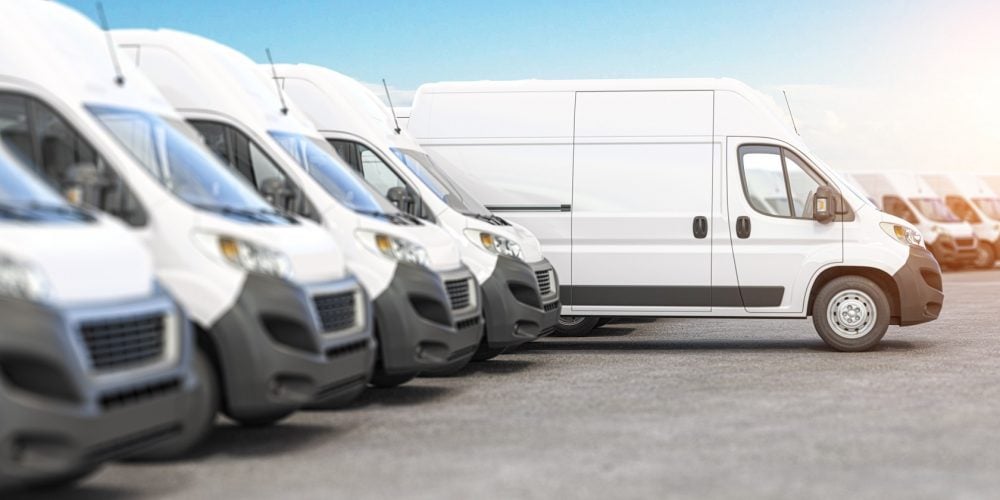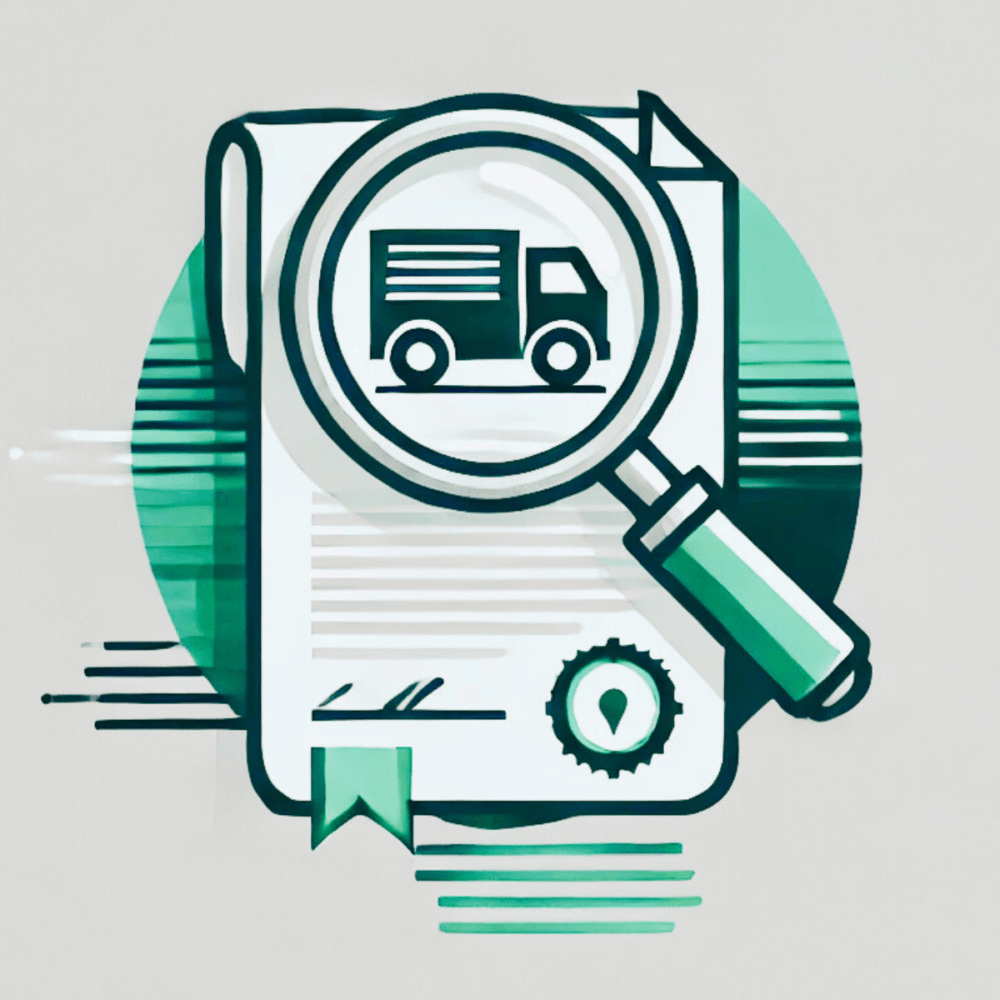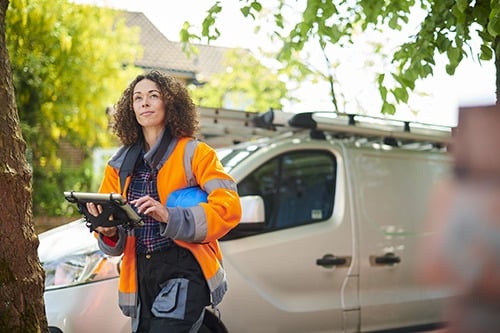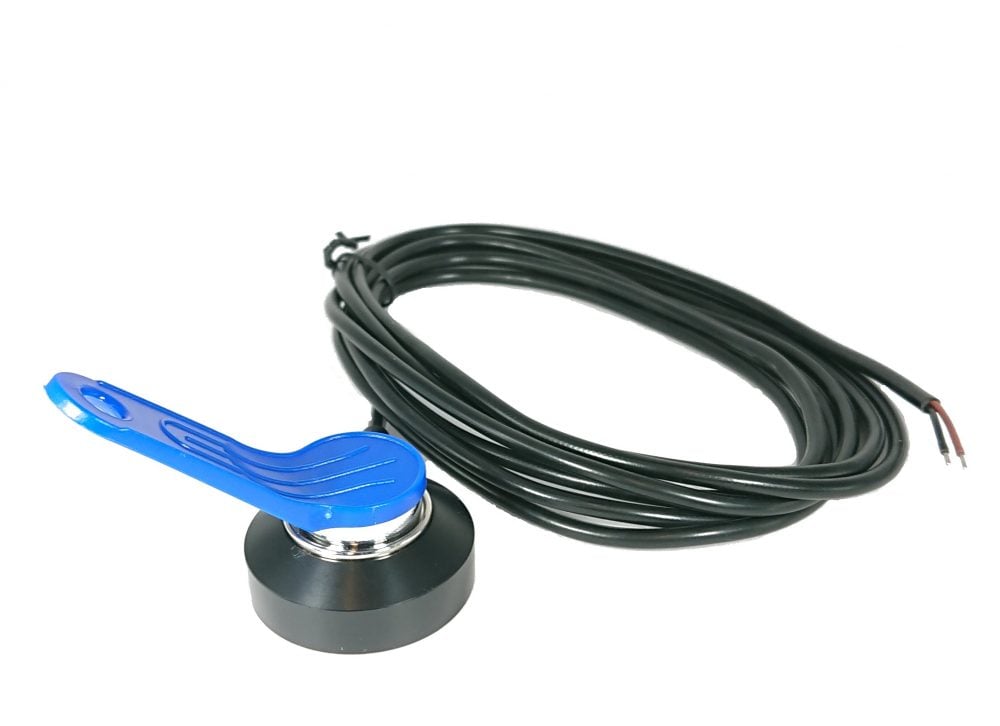See for yourself how Quartix works with our fully interactive real-time demo.

Telematics has come a long way from its early days as a basic GPS tool. Today, it’s an essential part of any modern fleet safety strategy. In our recent appearance on the Risk Matrix podcast by Veriforce CHAS, Sean Maher, Sales Director at Quartix, joined James Junkin and DR. L. F. Martin to share powerful insights into how telematics technology is helping companies reduce risk, save money, and bring their drivers home safe every day.
Catch up on the episode below and read our key takeaways.

The Real Risk on the Road
Driving is often the most dangerous activity a worker undertakes in their day. Aggressive driving behaviours contribute to over 50% of fatal vehicle crashes. Young and older drivers are particularly vulnerable. In high-pressure sectors like oil and gas – long shifts and long commutes increase the danger even more.
It’s crucial for businesses to manage these risks: driving hours, driving behaviour and road safety – just like they would manage safety on-site.
Defining Telematics: Utilisation, Compliance, Safety
Telematics isn’t about surveillance – it’s about visibility.
Sean broke this down into three pillars:
Utilisation: How vehicles are being used day-to-day.
Compliance: Ensuring vehicle inspections and fitness-to-drive checks are completed.
Safety: Monitoring driving behaviour to reduce accidents and risky habits.
By collecting data in real time, companies can understand if a driver is fatigued, rushing, or showing signs of stress through their driving behaviour. This insight allows managers to intervene early – before an incident occurs.
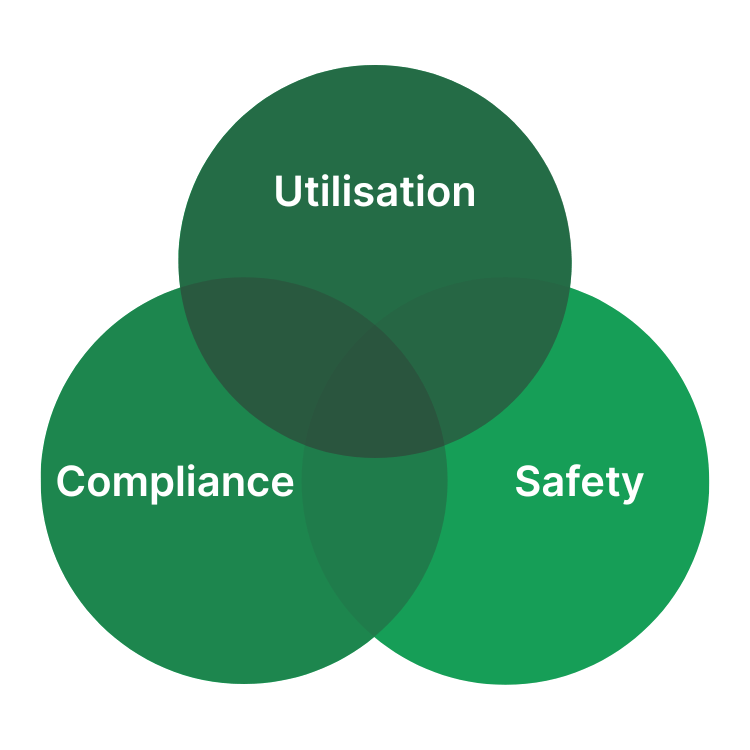
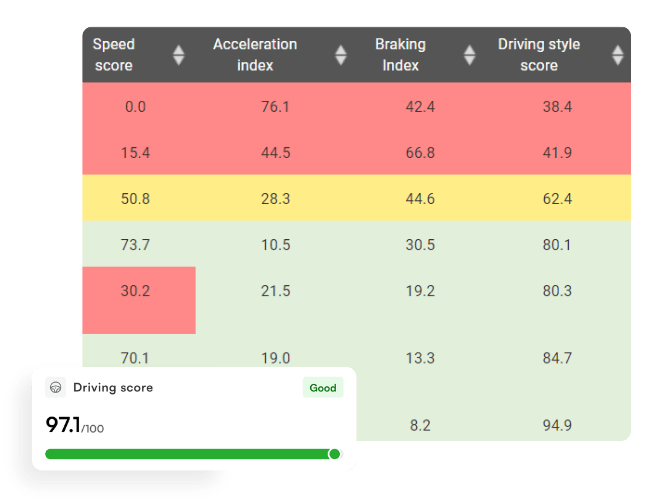
Empowering Drivers with Feedback
Rather than bombarding drivers with alerts, we provide access to post-journey scores via our mobile app. This lets drivers review their own performance and track improvements over time.
Gamification has proven to be a surprisingly effective tool. One of our customers introduced rewards for top performers in our driver league table – including Amazon vouchers and even a new mountain bike. The result? £11,000 in annual fuel savings and significantly reduced vehicle wear and tear, reducing maintenance costs.
Incident Management and Insurance Benefits
Telematics can capture second-by-second crash data to reconstruct incidents. Drivers can also use the Quartix Check app to submit witness reports, photos, and notes.
This rich data combats false claims quickly and provides insurers with clear, defensible evidence.
While insurance discounts may vary, Sean emphasised that documented improvements in risk scores can support better premium negotiations.
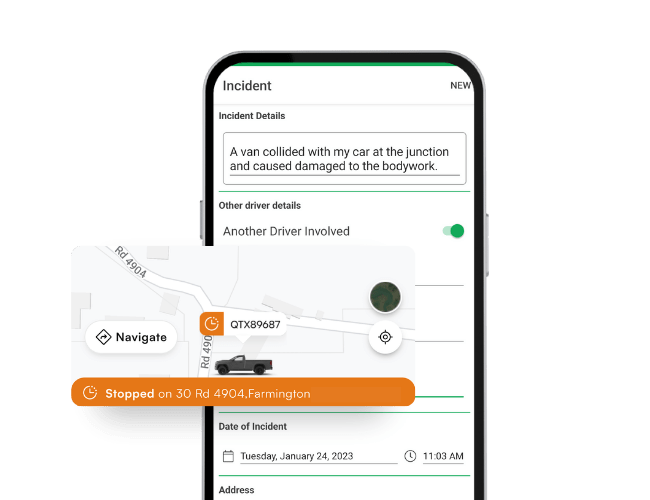
Driving Policy: A Must-Have
For any telematics program to succeed, it must start with a clear driving policy. Employees need to know what they are expected to do, and not do, when using company vehicles, and they need to understand the “why” behind tracking: it’s about safety, not control.
Involving managers and setting shared expectations encourages buy-in across a business.
Training and Risk Profiling
Telematics insights can drive targeted safety training. For example, if 60% of a fleet is braking too hard, managers can tailor their toolbox talks around ‘safe following distances’ and ‘fatigue’. Telematics also strengthens a company’s overall risk profile, helping prioritise resources and interventions where they matter most.
Looking Ahead: AI and Telematics
Artificial intelligence is beginning to play a role in predictive risk detection, though false positives remain a challenge when AI results are taken at face-value. Telematics data drives meaningful, human-led decision-making – making roads safer.
As Sean put it during the Risk Matrix podcast, “We’re not just tracking vehicles – we’re protecting people.” “Our telematics system isn’t about micromanaging drivers; it’s about empowering them, supporting managers, and building a culture of safety rooted in data”.
Minimise Fleet Risk and Protect Your Drivers
If you’re considering how to make your fleet safer, more efficient, and more compliant, now is the time to explore telematics.
It might just save a life.

